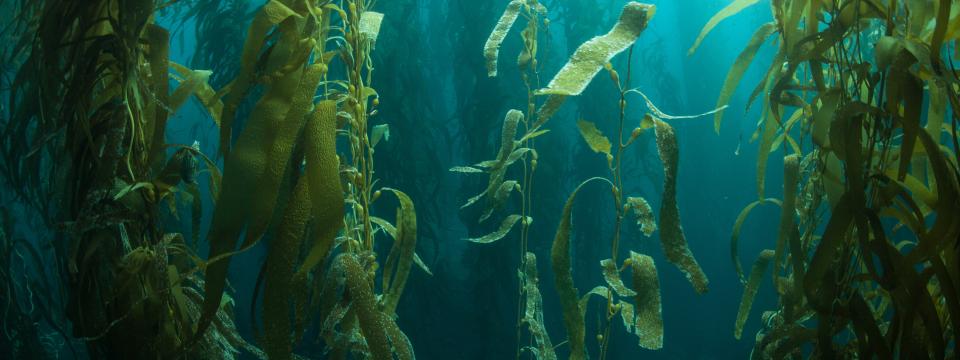Part of the development of this consortium involves defining concepts used in members’ research. This is to provide researchers a map of the range of meanings used throughout interdisciplinary teams often working on similar topics with different methods.
This catalog, or Conceptual Inventory, is a work-in-progress and we encourage multiple definitions of the same term, as well as additions. CASP members can submit a concept or a term that you would like the project leadership to consider defining and adding to the inventory. If there is a definition that you disagree with, please submit an alternative using either of the forms above.
An example of a concept entry in the inventory:
Function (Biological Role)
The manner in which an item or activity contributes to a complex activity or capacity of a biological system. (Note: a “complex activity” is the result of the way the parts and activities of a system are organized.) Compare to “Function (Activity).”
References:
Wouters, A.G. (2003). “Four notions of biological function.” Studies in History and Philosophy of Biological and Biomedical Sciences 34:633–668.
Allied Concepts:
Function (Activity), Function (Biological Advantage), Function (Evolutionary), Teleology,
Topical Filter:
Function and Teleology
Intentionality
The quality of being “about” something: that is, of representing or “standing for” things, properties or states of affairs.
Jacob, P. (2019). “Intentionality.” In E.N. Zalta (Ed.), The Stanford Encyclopedia of Philosophy (Winter 2019 Edition). https://plato.stanford.edu/archives/win2019/entries/intentionality/
Agency and Autonomy
Interactor
An entity that interacts as a cohesive whole with its environment in a way that causes replication to be differential.
Hull, D.L. (1980). “Individuality and selection.” Annual Review of Ecology and Systematics 11:311–322.
Adaptation, Gene’s-Eye View of Evolution, Natural selection, Replicator, Selfish Gene Theory
Causation in Development and Evolution
Mistake
A physical variation that threatens the functionality of a system or the ability of a system to meet its conditions of existence.
Hill, J., Oderberg, D.S., Bojak, I. and J. Gibbins (2022). “Mistake-making: A theoretical framework for generating research questions in biology, with illustrative Application to Blood clotting.” The Quarterly Review of Biology 97:1–13.
Agency and Autonomy
Modularity
A mode of organization in which a network of interacting parts is subdivided into relatively autonomous yet still connected units.
Wagner, G.P., Pavlicev, M. and J.M. Cheverud. (2007). “The road to modularity.” Nature Reviews Genetics 8:921–931.
Natural selection
A process in which differences in survival and reproduction are caused by phenotypic differences in a population.
Gildenhuys, P. (2019), "Natural selection.” In E.N. Zalta (Ed.), The Stanford Encyclopedia of Philosophy (Winter 2019 Edition).
Adaptation, Fitness (Absolute), Fitness (Relative), Function (Evolutionary), Interactor, Replicator
Niche construction
A process whereby organismic activities alter some aspect of the environment, which in turn influences the selective pressures experienced by a population.
Matthews, B. et al. (2014). “Under niche construction: an operational bridge between ecology, evolution and ecosystem science.” Ecological Monographs 84:245–263.
Agency (General, or Minimal), Agential Explanation, Ecosystem Engineering, Exploratory Behavior, Plasticity
Normativity (Natural)
The quality of being subject to “natural” norms or standards: that is, norms or standards that can be explained in terms of facts about natural things (historical, organizational, etc).
Davies, P.S. (2001). Norms of nature: naturalism and the nature of functions. Cambridge (MA): The MIT Press.
Organizational Closure (or, Closure of Constraints)
A state of affairs in which a set of constraints is jointly implicated in maintaining the conditions of existence of the set, or “system.” In a system exhibiting organizational closure, each constr
Montévil, M and M. Mossio (2015). “Biological organisation as closure of constraints.” Journal of Theoretical Biology 372:179–191.
Autonomy, Constraint, Regulation (or, Biological Regulation), Work-Constraint Cycle
Agency and Autonomy

